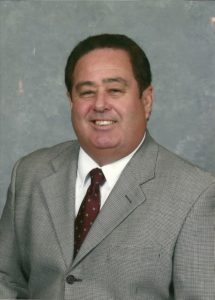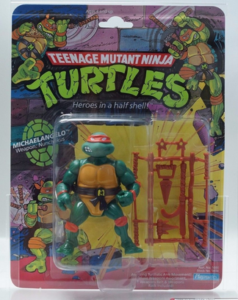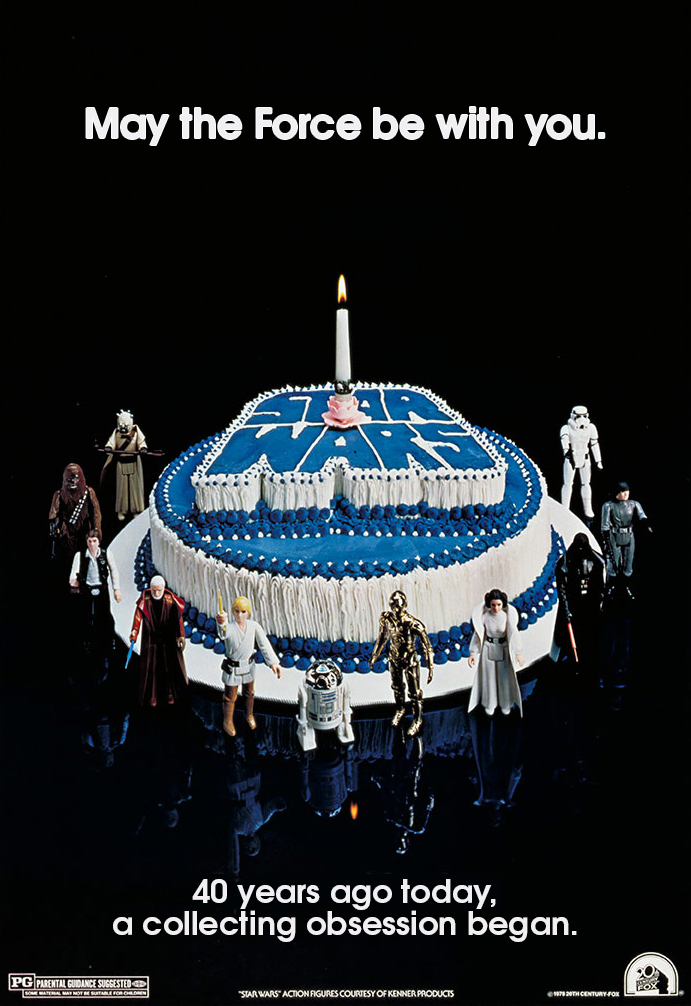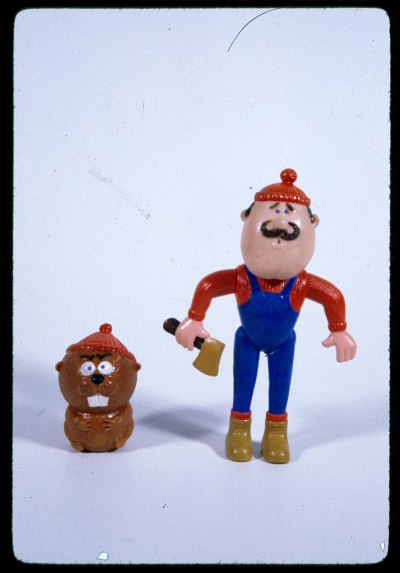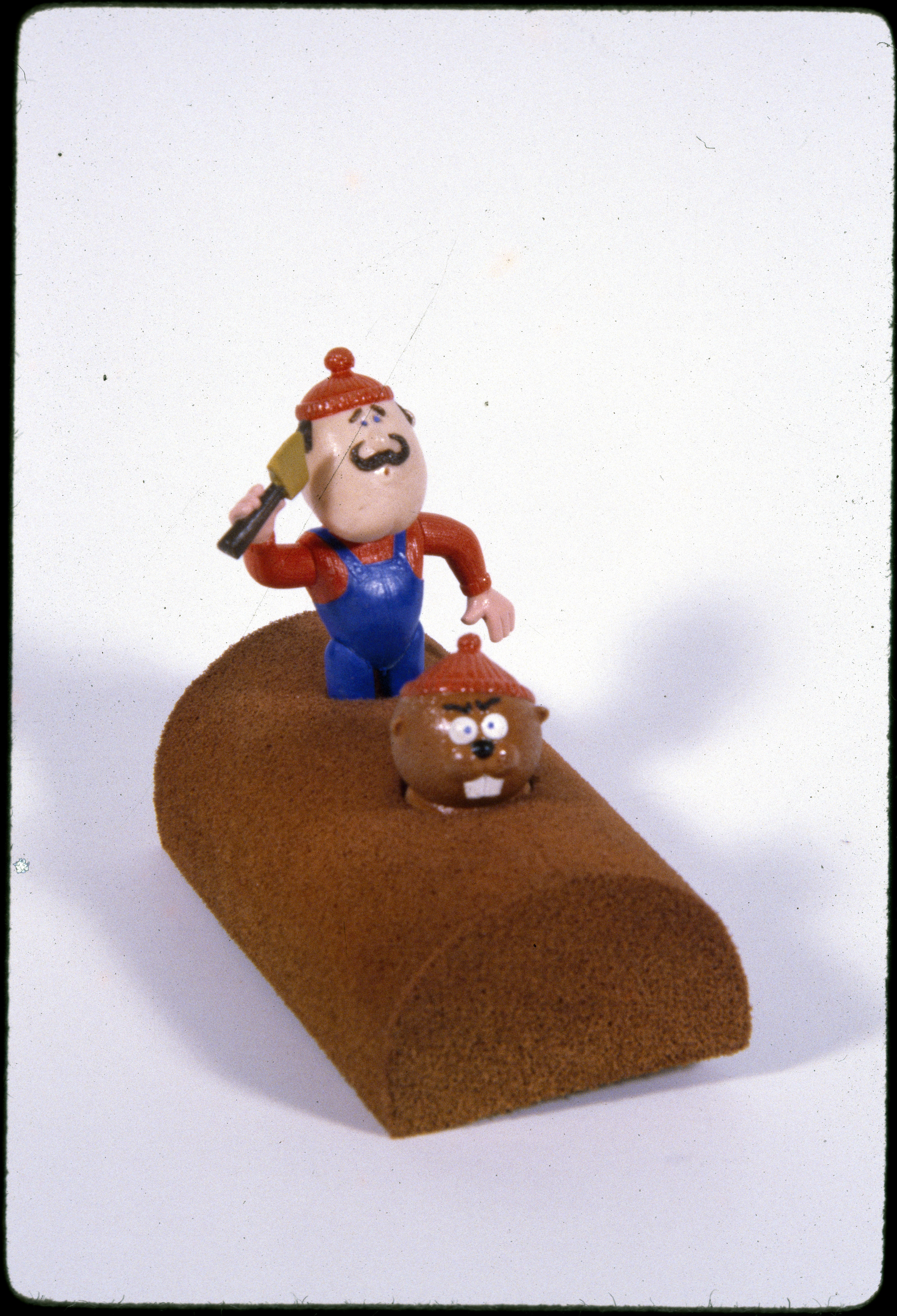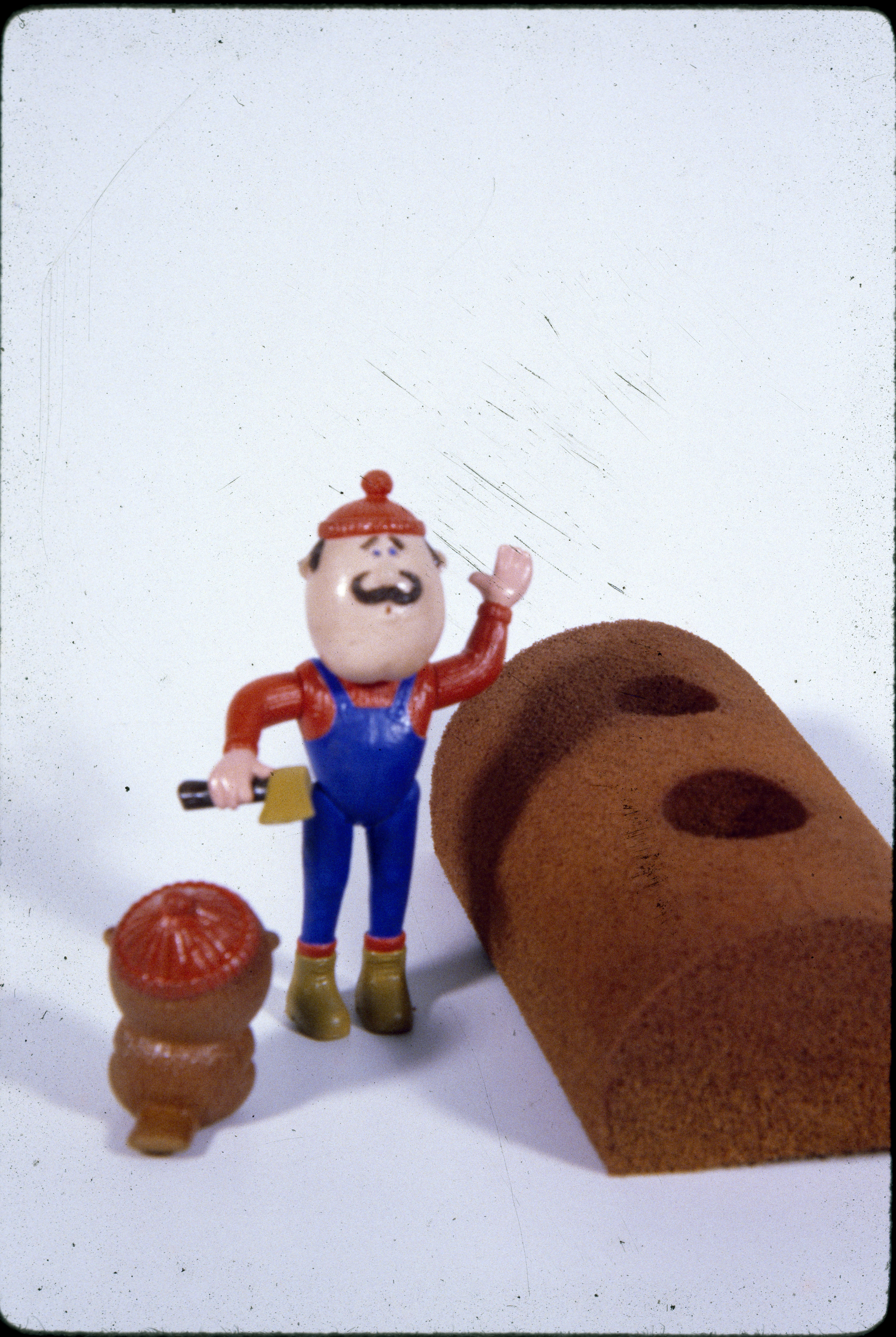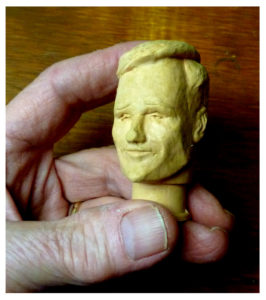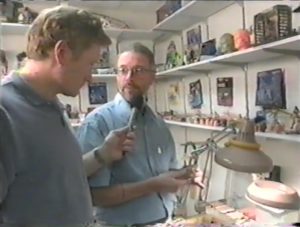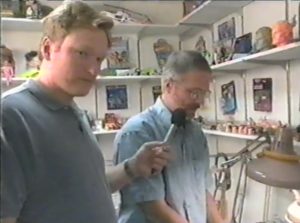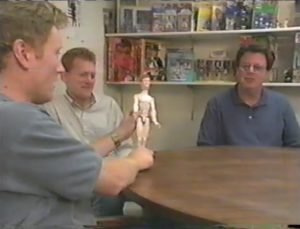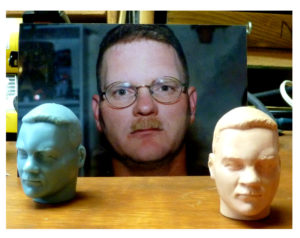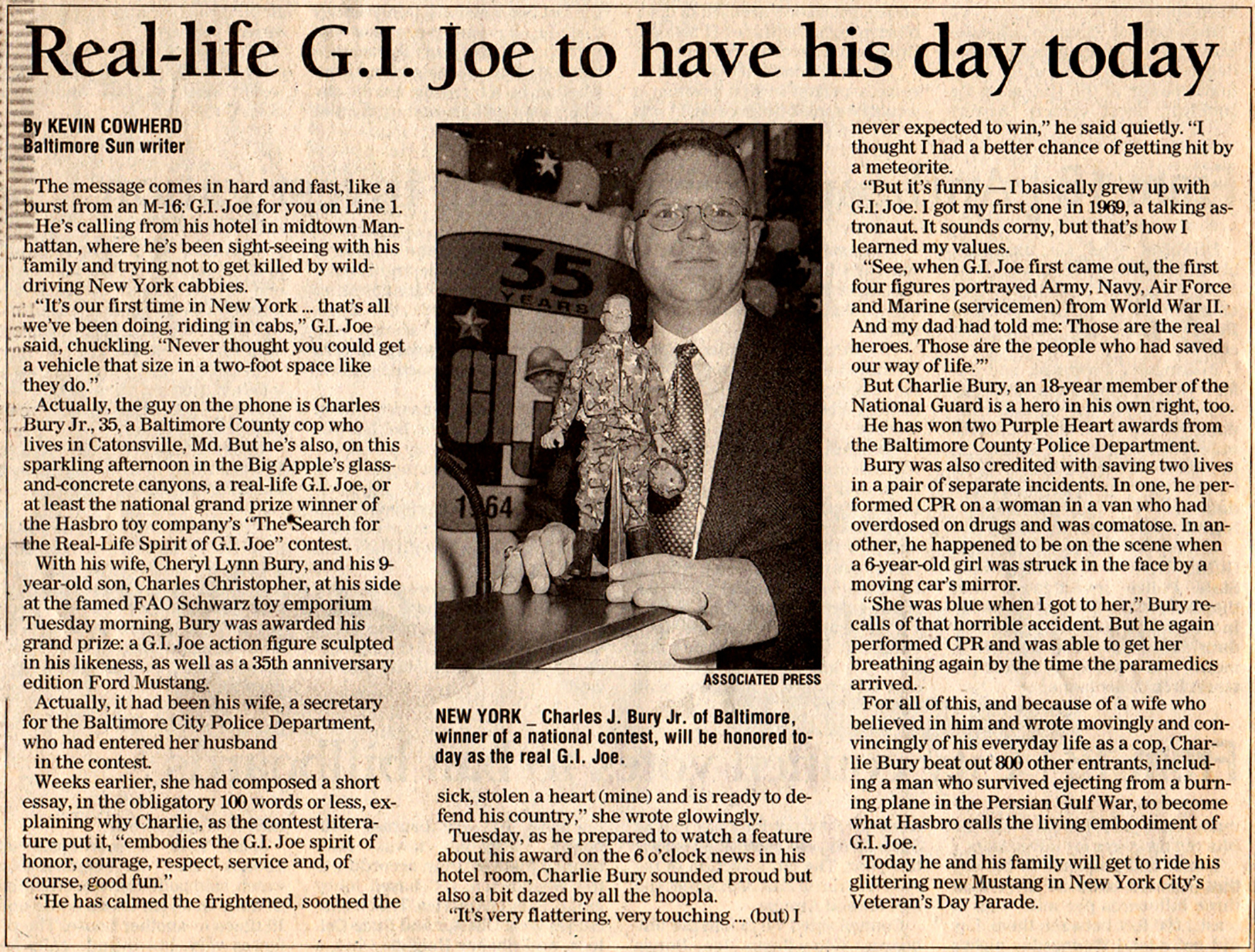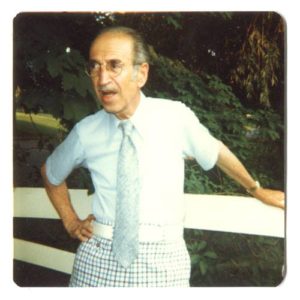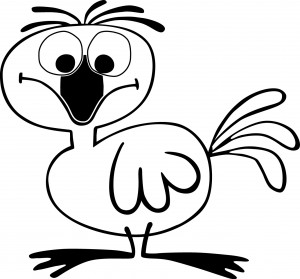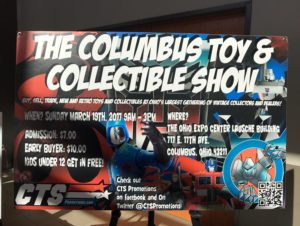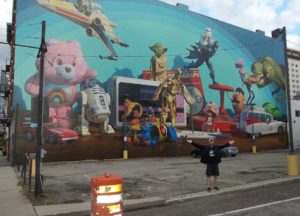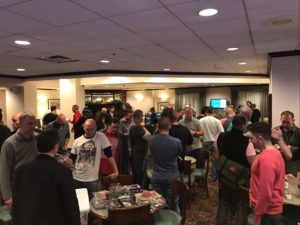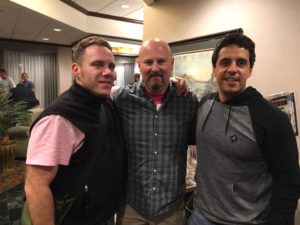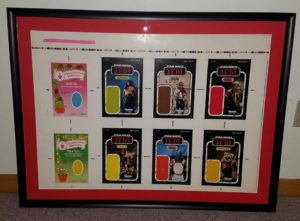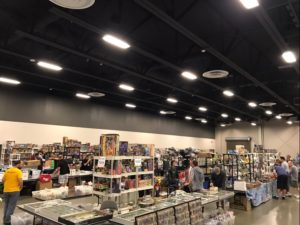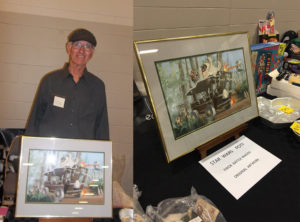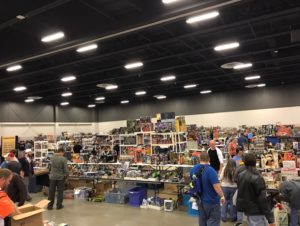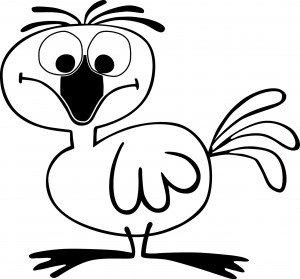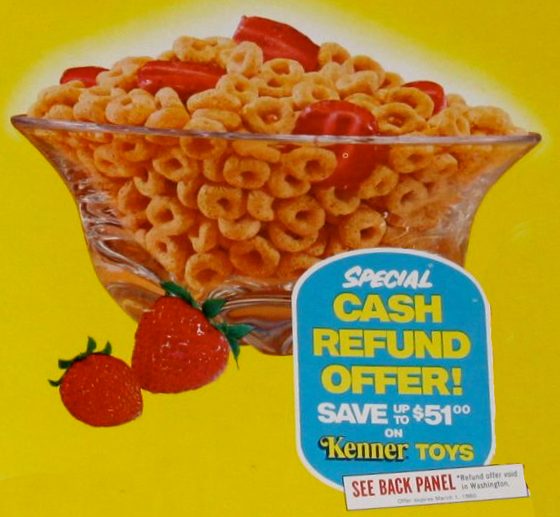Name: Rob Hanson
Years of Employment: 1981 – 1999
Job Title: Consumer Marketing Research
Location: Kroger Building
Job Description: Assist in product development by gauging consumer interest in and response to products as well as marketing and advertising.
In His Own Words
Rob, along with Director Tom Neiheisel, was hired by VP Dennis Redpath in 1981 to serve as Sr. Manager of the Consumer Research team which was a branch of the newly formed Marketing Research department. The other branch was the Sales Market Research team that did parallel work evaluating marketplace sales data. Dennis recognized the need for improved quantitative research methods as opposed to the more qualitative “kitchen table” methods that were in use. “One of the methods consisted of interviewing moms about what their kids liked. That often resulted in learning what the mom wished her kids were playing with or what she thought her kids liked. As it turns out, she often had no idea what her kids actually liked.” But the push to introduce new methods was met with some resistance. “What we were trying to do was viewed as an obstacle. We were told things like ‘We already know what kids like’.”
Some of the new methods included more creative ways of finding out what kids liked. “We went to private schools and conducted focus groups. We would pay for access which was a win-win. The schools got money and we got access to the kids who would buy our products. We would set up a display of toys which would include our competition and the kids were given chips as money and each toy ‘cost’ so many chips, so they had to spend their money wisely. Of course, they didn’t get to keep the toys, we were simply evaluating their reactions to the toys. Many of the toys these kids got to choose from were prototypes too.”
But Rob’s team didn’t limit themselves to schools. Beginning in the mid-80’s, they began paying Kings Island for access to their customers to get a “wider dispersion” of consumers. They also went to Universal Studios. He specifically remembers quizzing kids on Batmobiles. “We would pay the kids $5.00 and we would have a string of photographs of Batmobiles in various colors and paint applications and we would ask them to pick their favorite. We would typically interview around 200 kids. Another interesting note is that we would provide this research to Warner Bros. Studios who made the Batman movies. Jim Black, our VP of Licensing, had the enviable job of going to Hollywood to visit with the studios to see what projects were coming down the pike that Kenner might have interest in. He also had meets with both Lucas and Spielberg.”
One of the fun things Rob got to do was attend Toy Fair in NY. “I was the catalog picker-upper” he says laughing. “I would walk the floor picking up any of our competitor’s catalogs I could find. Sometimes we would trade.”
Another change made by the Marketing Research team was to begin conducting research on the actual marketing plans. “We implemented plan-o-gram testing to determine shelf reaction. I built portable shelves in my garage that we could transport to the schools along with a pegboard display. We would set up 2-3 different plan-o-grams with product to gauge things like eye appeal and product placement. We also began conducting research on the effectiveness of our commercials which was a totally new concept at the time.”
“We implemented national quantitative research methods, going to three markets, the coasts and the Midwest. Most of our testing was converted to ‘token’ tests whereby kids use ‘play money’ to make hypothetical purchases. From this we could make predictive unit and dollar purchase simulations and sales projections for a toy line and items within toy lines. We also tested commercials, did formalized focus groups, qualitative play testing, and consumer home play-video.”
Marketing Research was also invited to sit in on the “creative people” pitch meetings with sales and marketing. The concepts could take the form of sketches to working models and they included both ideas generated internally by Product Concepts as well as independent inventors. “We were given paper forms to vote on each concept presented and the feedback was tallied to determine if an idea got to proceed to the research process as the next step.”
Marketing research was even asked to provide ideas for upcoming products. “Jurassic Park was a great product for us, but there was so much concern that kids would opt for the cheaper, generic dinosaurs and we had to figure out a way to distinguish our product from the other guys. Someone had the great idea of branding each dinosaur with the letters ‘JP’ and using creative colors instead of the standard green. But they were also concerned about play value and one of the tasks we were given was to come up with all the different ways you might capture a dinosaur besides digging a pit. Some of our ideas made it into the toys.”
Another challenge Marketing Research was presented with was how to become less dependent on Christmas sales by developing more evergreen products. This lead Kenner into more adult-oriented collector markets, their first line being Starting Lineup. Through research conducted at places like NASCAR events, Comic-Con and other collector conventions, this lead to even more collector oriented products like Winner’s Circle, and niche items within the Star Wars, G.I. Joe, Batman and Alien/Predator lines.
Can you imagine a world where Kenner had landed the TMNT license instead of Playmates? Well it wasn’t out of the realm of the possible. “Somebody made the very arbitrary decision to pass on Teenage Mutant Ninja Turtles before Marketing Research got involved which was a real missed opportunity for Kenner. The reason? It was ‘Hokey stuff in pastel colors’.”
Thanks, Rob for your 19 years at Kenner and for all the smart and creative work you did to help bring the very best Kenner toys to the toy aisles of our childhood!

